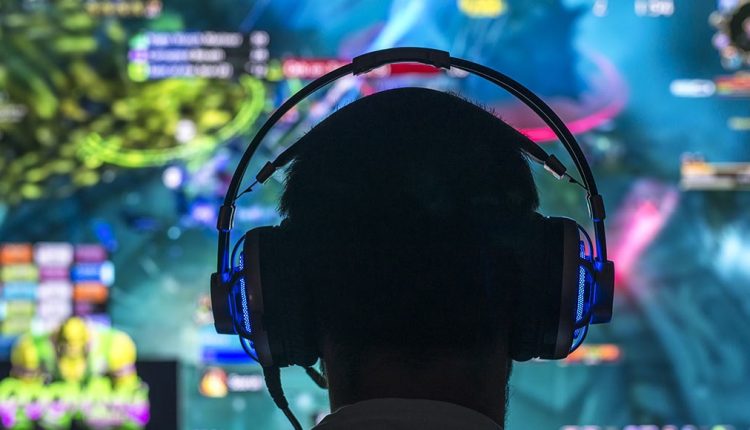In the world of video games, there is an often-overlooked aspect that plays a crucial role in shaping the player’s experience – sound design. Game sound design is both an art and a science, combining creativity and technical expertise to create immersive and engaging audio landscapes that enhance gameplay. In this article, we will delve deep into the fascinating realm of game sound design, exploring its principles, techniques, and the impact it has on the gaming industry.
The Role of Sound in Gaming
Setting the Mood
Sound design in video games is all about setting the mood and atmosphere. Just like a film score can heighten the emotional impact of a scene, game soundscapes can make players feel like they are part of the game’s world. Whether it’s the eerie silence of a horror game or the upbeat music of a platformer, sound sets the tone for the entire gaming experience.
Enhancing Immersion
One of the primary goals of game sound design is to enhance immersion. Players should feel fully immersed in the virtual world, and sound is a powerful tool for achieving this. Footsteps, rustling leaves, and ambient noises can make the game world feel more alive and responsive, drawing players deeper into the experience.
The Art of Game Sound Design
Creativity and Innovation
At its core, game sound design is an art form. Sound designers must be creative and innovative, finding unique ways to convey emotions, actions, and environments through audio. They often work closely with game developers and artists to ensure that the sound complements the visual and narrative elements of the game.
Storytelling through Sound
Sound can be a powerful storytelling tool in games. Just as dialogue and visuals convey the narrative, sound effects, music, and voice acting contribute to the storytelling process. Subtle audio cues can provide hints to players, foreshadow events, or emphasize the significance of a moment in the game’s plot.
Sound as a Character
In some games, sound becomes a character in itself. Think of iconic sounds like Mario’s coin collection or the ominous growl of a lurking monster. These sounds are as recognizable to players as the game’s protagonists, adding personality and depth to the gaming experience.
The Science of Game Sound Design
Technical Expertise
While creativity is essential, game sound design also relies heavily on technical expertise. Sound designers must understand the intricacies of audio hardware, software, and the physics of sound. They use digital audio workstations (DAWs) to create and manipulate sounds, ensuring they fit seamlessly into the game engine.
Spatial Audio
One of the latest advancements in game sound design is spatial audio. This technology creates a three-dimensional sound environment, allowing players to perceive sounds coming from different directions. With the right headphones or speakers, players can hear footsteps behind them or the distant roar of a waterfall, adding a new layer of immersion to games.
Adaptive Soundtracks
Game soundtracks are no longer static. Adaptive soundtracks change in response to the player’s actions and the game’s events. This dynamic approach to music enhances the player’s emotional engagement and can create tension or excitement at just the right moments.
The Impact on the Gaming Industry
Emotional Engagement
Well-crafted sound design has a profound impact on emotional engagement. When players feel connected to the game world on an emotional level, they are more likely to invest time and money into the gaming experience. Immersive sound design can be a key differentiator for a game, setting it apart from the competition.
Accessibility
Sound design also plays a role in making games accessible to all players. Subtitles, closed captions, and audio cues for important events help players with hearing impairments enjoy games without missing out on critical information.
Player Retention
A game with exceptional sound design is more likely to retain players. Engaging audio keeps players coming back for more, as they become invested in the game’s world and story. This, in turn, can contribute to a game’s long-term success.
Conclusion
Game sound design is a dynamic and evolving field that combines artistic creativity with technical expertise. It adds depth, emotion, and immersion to the gaming experience, making it an integral part of game development. As the gaming industry continues to grow, so too will the importance of sound design, ensuring that players can enjoy ever more immersive and engaging virtual worlds. Whether you’re a player or a game developer, it’s worth taking the time to appreciate the art and science of game sound design and its crucial role in shaping the games we love.



Comments are closed.